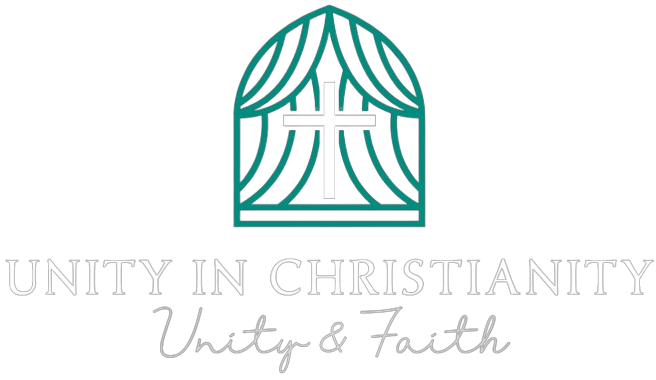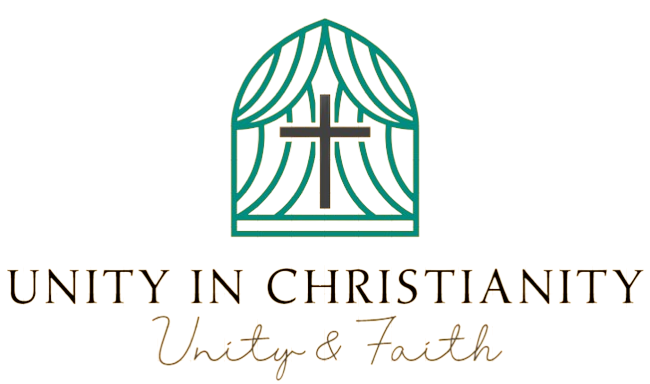THE Consistory Court of the diocese of Oxford has granted a school permitting images of each a Star of David and a cross on a gravestone within the churchyard of a Grade I listed medieval village church, St Mary the Virgin, Weston Turville.
In granting the school, the Chancellor, the Worshipful David Hodge KC, declined to follow the precedent set by the previous Diocesan Chancellor of Norwich, the Worshipful David Etherington KC, who refused a school allowing a Star of David on a monument within the churchyard of St Mary’s, Shotesham. It was refused on the grounds that it was primarily indicative of the Jewish faith, and was not ordinarily permissible as a logo on a monument in an Anglican churchyard (News, 26 July).
The petitioner in Oxford diocese was Deborah Clark. She wished to commemorate the Jewish heritage of her late husband, Joe Clark, in addition to his Christian faith. The Rector who conducted the burial had no objection to the proposal, and the PCC agreed that it was suitable for the churchyard.
The Chancellor consulted the Archdeacon of Oxford, who was of the view that there is perhaps grounds for allowing a Star of David on a memorial in a Christian churchyard. In response to any concerns about whether the Star of David is perhaps seen by some as a political statement of support for the State of Israel, the Archdeacon hoped that its presence on a memorial stone can be seen more when it comes to personal identity than political affiliation.
The current churchyard regulations for the diocese of Oxford permitted black, white, or uncoloured etching or carving, provided it was “reverent and never indicative of beliefs contrary to the doctrine of the Church or England”.
The Chancellor said that, essentially, it will seem that “whether or not a picture of the Star of David ought to be permitted in a churchyard memorial should rely upon whether or not it was consistent with Christian doctrine.” He accepted “the proposition that any symbol, religious or otherwise, that’s indicative of beliefs inconsistent with those of the Church of England as enshrined in its doctrines mustn’t ordinarily be permitted inside . . . [an] Anglican churchyard”.
But, the Chancellor said, he found “difficulty in accepting that there ought to be any blanket prohibition on the display of the Star of David on memorials in Anglican churchyards. . .
“Whilst the beliefs and doctrines of Judaism and people of Christianity . . . [were] not the identical, each religions shared a typical monotheistic history and tradition. During his all too temporary life here on earth, Jesus was repeatedly recognised as and celebrated because the Son of David,” and, the Chancellor said, “he’s introduced as such within the very first verse of the very first chapter of the primary of the Gospels of the New Testament.”
The Star of David was “closely related to the Jewish faith”, the Chancellor said, but it surely was also “shared as a logo by the Anglican Church”. That was “evidenced by its display inside certain Anglican church buildings”, and, if it was inconsistent with Anglican doctrine, it will haven’t any place in any Anglican church constructing and mustn’t be permitted.
It was also vital to do not forget that those of mixed-faith marriages might understandably wish ultimately to be laid to rest together in consecrated ground at their parish church, to affirm their very own individual faiths. The Archdeacon of Oxford had observed that a Star of David and a cross on the identical memorial is perhaps seen by a Christian as reflecting a natural religious synergy, but identified that it will not be perceived in the identical light by sections of the Jewish community.
While a mix of a Star of David and a cross would almost definitely not be considered acceptable in a Jewish cemetery, “different context of the character and universality of an Anglican churchyard should operate to avoid such a mix being the reason behind any offence to those of the Jewish faith who may occur to go through the churchyard.” For all those reasons, the Chancellor disagreed with Chancellor Etherington.
The Chancellor said that he had “given anxious and prayerful consideration” to judicial comity, consistency of judicial decision-making, and the desirability of securing equality of treatment between different petitioners in similar cases within the determination of cases within the consistory courts. The unsuccessful petitioner within the Shotesham case who was refused a Star of David might well entertain a legitimate sense of grievance when the petition was granted on similar facts in the current case.
But, having formed his own judgment on the matter, the Chancellor considered that it will be unsuitable to say no to use it to Mrs Clark’s petition. He made it clear that, on the facts of this application, a request by a Christian widow for a Star of David and a cross to be placed on the memorial above the grave of her husband, who was of Jewish heritage, where she, too, would in due time be laid to rest, was granted.
The Chancellor said nothing concerning the propriety of placing the symbol of another religion on a memorial in an Anglican churchyard, but agreed that a Star of David ought to be permitted in an Anglican churchyard only with the authority of a school granted by the Consistory Court.
Mrs Clark was granted a school, and allowed six months for the memorial to be installed on her husband’s grave.


